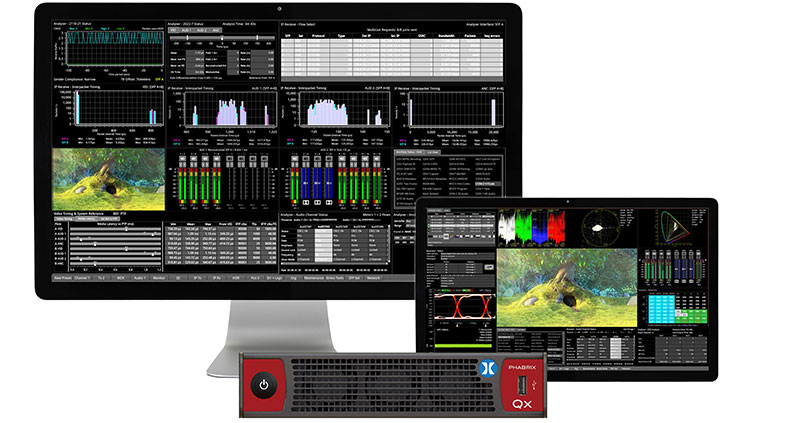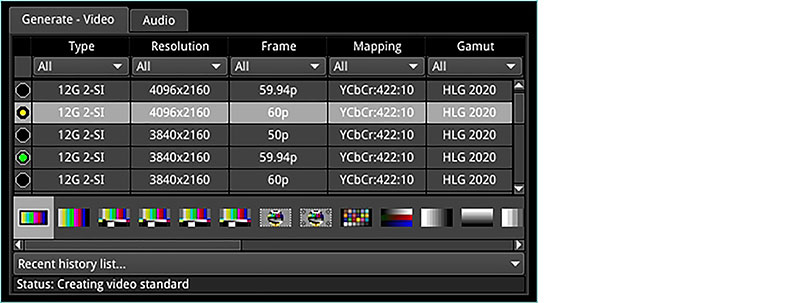PHABRIX added browser-based remote access for the Qx and QxL rasterizers, plus an EUHD option allowing the QxL Series to generate/receive ST 2110-20 flows up to 4K60P 444:12-bit.

Broadcast test and measurement developer PHABRIX has now included browser-based remote access and improved audio functionality through the new V4.7 release for its Qx and QxL Series rasterizers. This update also has an optional EUHD License for the QxL Series, so that the units can generate and receive ST 2110-20 flows of up to 4K60P 444:12-bit simultaneously.
The main change is an upgrade to the Linux OS Kernel that allows standard browser based remote access to the user interface using the open source VNC client, noVNC. As a result, users are no longer required to install a separate application to access Qx/QxL Series devices remotely.
V4.7 also improves the audio functionality of the Qx and QxL equipment, which now includes the ability to receive up to four independent 32-channel ST 2110-30/-31 flows simultaneously under NMOS control. A new Audio Group Mode Metering feature allows a single 16-channel audio meter to analyse one group of four audio channels from each of up to four selected audio streams. Many existing IP systems are configured this way.

The new release makes an optional EUHD (extended UHD) license available for the QxL Series rasterizers, under which the units can simultaneously generate and receive ST 2110-20 flows up to 4K60P 444 at 12-bit. It’s also now possible to select an ST2022-6 flow of IP-packetized SDI signals while in IP-2110 ‘boot mode’, which allows you to alter the boot sequence. You can then undertake fundamental flow analysis such as 2022-7 status (Seamless Protection Switching), interpacket timing, sequence error assessments and statistics.
Finally, the V4.7 release also has a new Store Last Capture option that is used to save the last PCAP file held in the unit’s memory to a USB stick. www.phabrix.com




